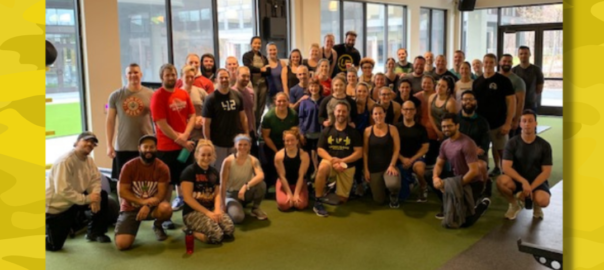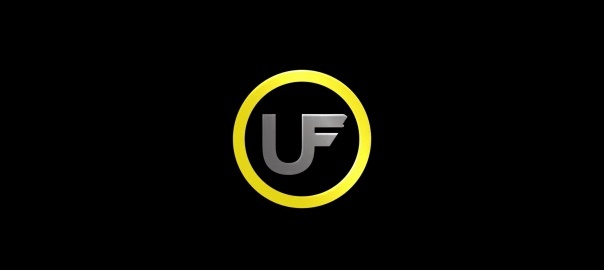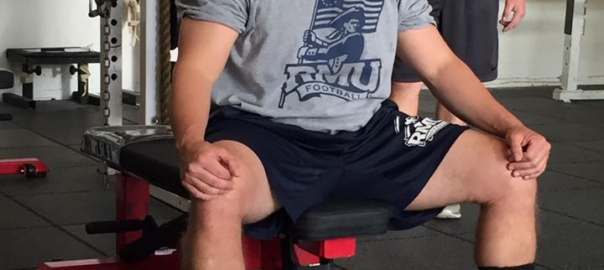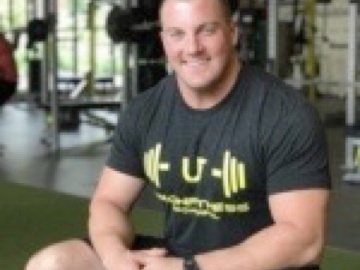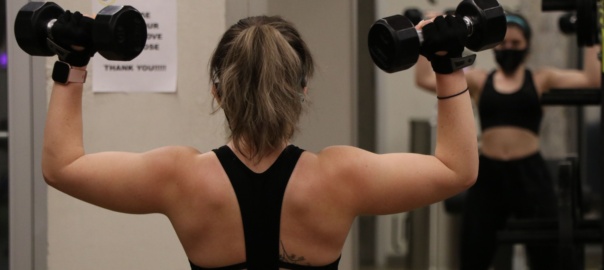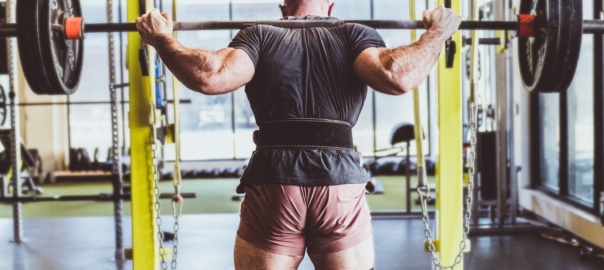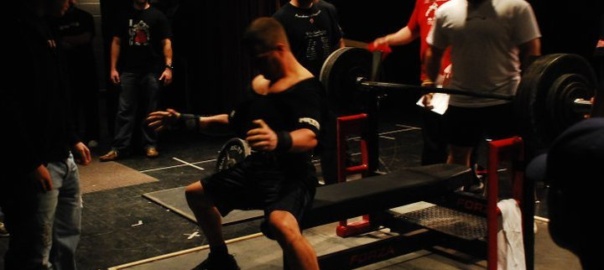Tidbits
- Grew up: near Charleston, SC, as a Navy and Air Force brat; Moved to Pittsburgh in 2004
- Career: First as a graphic designer (15 years); currently a full-time artist (paintings and drawings)
- Volunteer: (a lot) with Team Rubicon, a veteran-based disaster response organization
- Sports: Runner for 29 years, hiker for 20 years, curler for 14 years
- Trivia: I drink black tea from the British Isles (mostly Welsh and Irish) like a fiend. Seriously, I can’t survive without it. Must have milk and honey. Accompanied by toast is even better.
Narrative
I started competing in cross-country and track in 1989, at the age of 13. As I was graduating from high school, I was awarded a cross-country and track scholarship to Wofford College (Spartanburg, SC), which at the time was a NCAA-Div II school in the Southern Conference. One season into my scholarship, Wofford became a Division I school. After college, I kept running for enjoyment, health, and mental health, often competing in local and regional 5k, 10k, and half-marathon races. In total, I ran for 29 years, until 2018.
In 2004, I moved to Pittsburgh with my first husband, who is Canadian. In 2006 and again in 2010, we hiked 80 miles across the highlands in Scotland. In 2007, when he found a local ice rink that offered men’s league hockey, he noticed curling rings painted into the ice. Having grown up in Canada, he knew all about curling and thought it would be hilarious to get his Southern wife out on the ice. I fell in love with the game, and it turns out I’m a better curler than he is. After our divorce in 2010, he stopped playing, but I have continued to play and regularly travel to regional and national competitions. In 2016, I led a team of fairly green curlers to a bronze medal in nationals.
In 2011, I met and start dating Thad Fields, who is also a UF member. In January 2013, he became interested in Olympic weightlifting, and asked me if I’d be interested in training alongside him. By April, we found a coach and started training. By the end of April, my back had gotten too big for my wedding dress, and with the wedding upcoming in June, I had to quit Oly and just stick to running and jumping rope so I could lose enough bulk to fit into my dress.
In spring 2015, a close friend asked if I’d train with him for the Rachel Carson Trail Challenge. I was hooked after finishing the whole thing, and I trained for and attempted it each year through 2018. Unfortunately, starting in 2015, unknown underlying knee problems started making themselves known, and the saga with my knees started. For the first couple of years, my orthopedic doctor at the time just prescribed cortisone shots and physical therapy because he didn’t think the issues were serious. By the training season of 2018, however, I could barely walk and running was out of the question. By this time, I’d begun seeing a new orthopedic doc, and he identified the real issues. My kneecaps had been so out of alignment for so long, the cartilage on the back had been worn down to bone, and I needed surgery. The first of 4 surgeries on my knees occurred in June 2018, and my most recent one took place in January of this year.
Constantly going through surgery and recovery for the past 2.5 years has been brutal. Being sidelined as a lifelong athlete is an emotional, physical, and mental challenge unlike anything else I’ve ever faced. That’s ultimately why I chose Union Fitness. I knew I needed more than just physical therapy twice a week if I wanted to get back to being an athlete. I knew I needed a trainer who understood my goals and ambitions, but who also understood the mental struggle that goes along with this journey I’m on. By the summer of 2019, Thad had already been a member of UF and training with Ethan Raese for over a year. I knew how much Thad loved UF, so when I went in for my consultation to get set up with a trainer, the person interviewing me recommended Ethan be my trainer as well. Working with him for the past almost 2 years has been incredible. He tailors my workouts with the things I’m doing in physical therapy, and I’ve recovered from my surgeries faster than expected because of the work I do with him. And he’s great at encouraging me or pushing me when I need it.
